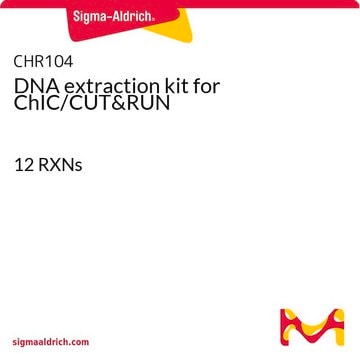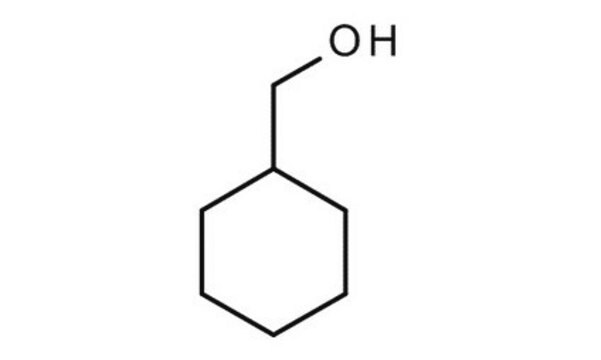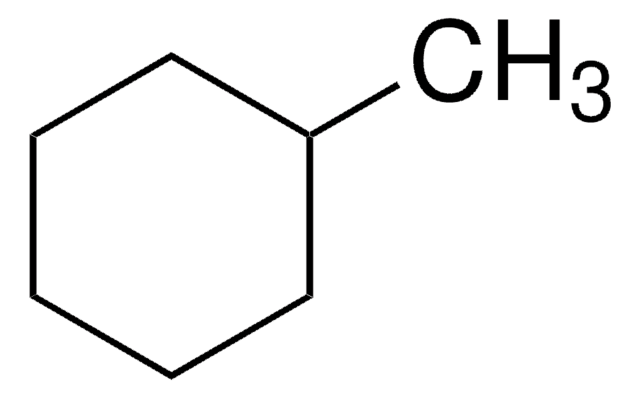E12508
Ethylbenzene
ReagentPlus®, 99%
Synonym(s):
NSC 406903, Phenylethane
About This Item
Recommended Products
vapor density
3.7 (vs air)
Quality Level
vapor pressure
10 mmHg ( 20 °C)
19 mmHg ( 37.7 °C)
product line
ReagentPlus®
assay
99%
form
liquid
autoignition temp.
810 °F
expl. lim.
6.7 %
refractive index
n20/D 1.495 (lit.)
bp
136 °C (lit.)
mp
−95 °C (lit.)
density
0.867 g/mL at 25 °C (lit.)
SMILES string
CCc1ccccc1
InChI
1S/C8H10/c1-2-8-6-4-3-5-7-8/h3-7H,2H2,1H3
Inchi Key
YNQLUTRBYVCPMQ-UHFFFAOYSA-N
Looking for similar products? Visit Product Comparison Guide
General description
Application
Legal Information
signalword
Danger
hcodes
Hazard Classifications
Acute Tox. 4 Inhalation - Aquatic Chronic 3 - Asp. Tox. 1 - Flam. Liq. 2 - STOT RE 2
target_organs
hearing organs
Storage Class
3 - Flammable liquids
wgk_germany
WGK 1
flash_point_f
71.6 °F - closed cup
flash_point_c
22.0 °C - closed cup
Certificates of Analysis (COA)
Search for Certificates of Analysis (COA) by entering the products Lot/Batch Number. Lot and Batch Numbers can be found on a product’s label following the words ‘Lot’ or ‘Batch’.
Already Own This Product?
Find documentation for the products that you have recently purchased in the Document Library.
Customers Also Viewed
Our team of scientists has experience in all areas of research including Life Science, Material Science, Chemical Synthesis, Chromatography, Analytical and many others.
Contact Technical Service















